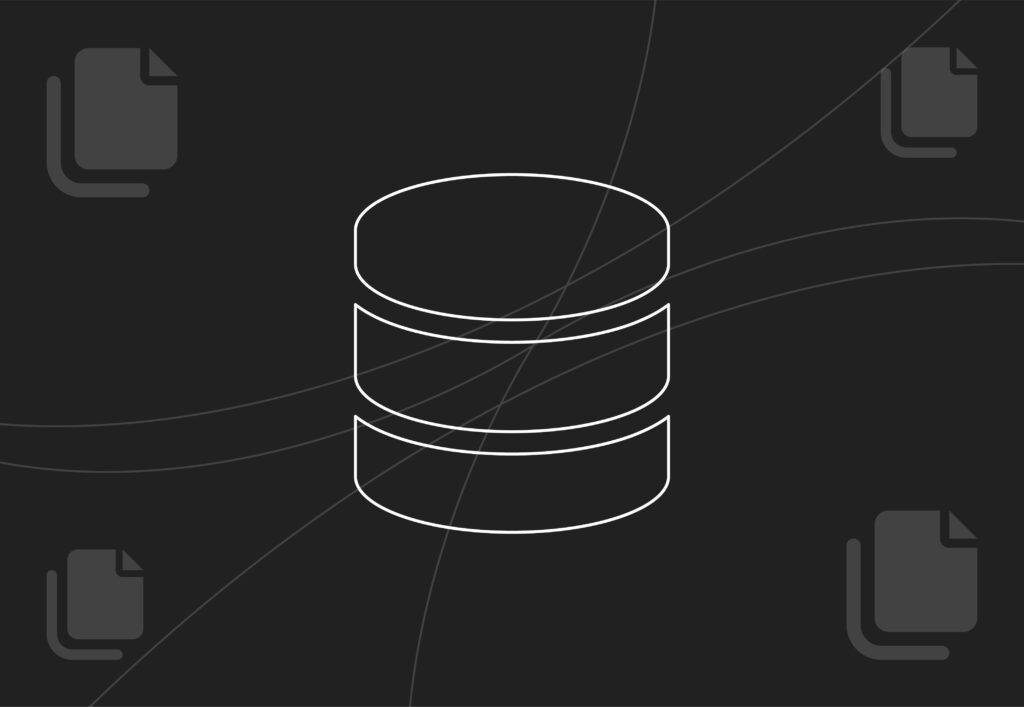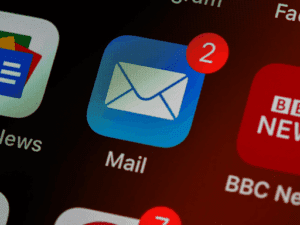
Stats to know before running your first PR campaign

The PR landscape is constantly evolving, and with that, it has never been more essential for us to understand the key data behind Digital PR campaigns ahead of running one.
The more informed you can be before getting started on your digital PR campaign, the better equipped you are to create an impactful campaign that breaks through the industry noise. Understanding the right data, from PR tactics and industry challenges to relevancy and results, is essential before you start to plan and produce any digital PR campaign.
Key digital PR stats you need to know
- The PR market size has grown by 6.1% in the past year, from $106.48 billion in 2024 to $112.98 billion in 2025.
- Data-led campaigns are the most popular digital PR tactic, according to 95% of industry professionals
- 68% of reporters prefer pitches backed by data
- Expert commentary was the second most utilised PR tactic (93%)
- 51% of PR’s collaborate with SEO teams most closely when running campaigns
- Over a quarter of PR pros pitch to journalists between 1 to 4 times a week
- 49% of journalists rarely, or never, respond to pitches they receive
- Only 1 in 3 emails get opened by journalists, so relevancy is key
- Monday is the most popular day of the week for PRs to send out pitches (24.67%)
- Pitches sent on Tuesday received the highest response rate (35.69%)
- 46% of journalists receive 6 or more pitches per day
- Relevancy is key; 73% of pitches are ignored as they’re not relevant to the journalist’s coverage area
- 64% of journalists don’t care which day they receive pitches
- Keep it snappy, 65% of journalists prefer pitches under 200 words
- Most digital PR professionals agree, it is most effective for building backlinks (89%), brand awareness (83%), and driving organic traffic and rankings (77%)
- On average, digital PR campaigns earn links from 42 unique domains
What is the goal of digital PR?
Interest in digital PR is growing, with a 71% increase in the search term “digital PR” over the past 5 years worldwide. But what is digital PR, and what is the goal?
Digital PR is used by marketers to earn online coverage, build high-quality backlinks, and increase brand awareness for businesses. The overall goal is to increase a brand’s visibility by generating relevant, earned links from credible sources, in turn increasing brand awareness and traffic to key areas of their websites.
How to measure the success of a digital PR campaign
There are a number of ways to measure the success of digital PR activity. Some of the most tracked in the industry are backlinks, media coverage and referring domains. However, these are by no means all ways of measuring the success of a campaign. As the landscape continues to evolve, we are seeing more and more ways of monitoring digital PR success.
- Backlinks
One of the most common ways of measuring the success of a digital PR campaign is through tracking links back to your client’s website. High-quality backlinks to a company’s website with SEO to improve the website’s rankings.
- Media coverage
Monitoring media coverage, including both backlinks and brand mentions in the press, has typically been the most popular measurement of success when it comes to PR campaigns. This coverage helps with brand awareness by getting your company name in front of the right audiences and increasing brand credibility within your sector.
- Referral traffic
Securing media coverage can drive traffic to your website. Through this, it is possible to measure referral traffic, which is the number of people who have clicked on links from other sites leading to your website. Gaining links to your website in articles published by journalists covering your campaign can improve SEO efforts, allowing you to measure traffic to your site through earned coverage.
Things to consider when running a successful digital PR campaign
In 2025, 48% of PR professionals agreed that digital PR has become even more effective. To ensure the success of a campaign, there are key areas to consider.
Campaign Objective
What is the objective of the campaign? Are you looking to gain links to a particular category page? Build brand awareness? Or to promote a product? Each area has its own strategy, and by defining what your aim is, it allows you to achieve the goal more seamlessly.
Digital PR is most commonly used to gain backlinks to a clients site, this is the most effective use (89.6%), as well as brand awareness (83.2%), and driving organic traffic and rankings (77.5%).
The Audience
It is always important to consider who the audience is for your campaign. Not only do digital PR campaigns have to be relevant to the brand and journalists covering them, but also to the target audience. Is your audience consuming media in a particular niche? Understand where your audience spends their time online to help inform the campaign strategy. If the campaign itself doesn’t align with the interests and habits of the audience, it is unlikely to gain traction and the desired results.
Media Monitoring
Researching the media landscape is important when running a campaign, as this is the end goal for where you want it to be covered. This is a key area to consider throughout your campaign process, from initial ideation to campaign outreach.
Types of digital PR campaign
Digital PR campaigns come in all shapes and sizes, from creative focus to data-driven or cause-based. Here are some examples of where a PR campaign idea can take you.
CV Villas: The World’s Bluest Water

This campaign from CV Villas takes a simple question and answers it in a creative way. Want to know which country has the bluest water in the world? They found the answer by analysing Google map screenshots of beaches around the world to find the ‘bluest blue’.
What made the campaign more interesting was that the data revealed the bluest water wasn’t in the spots we expected, like Barbados or Bora Bora, but instead Albania and Greece.
This campaign had multiple international outreach angles leading to coverage across multiple countries, as well as gaining links in travel and national press.
Med Express: Come On You Blues
How do you make erectile dysfunction interesting enough to catch the eyes of men across the UK? With football, of course.
This campaign from Med Express looked at the increase in searches for ‘Erectile Dysfunction Treatment’ and cleverly tied it to the increase in Brits’ drinking habits during a football match. Paired with a clever social media strategy, eye-catching creative and strong data, the campaign gained links across national and sporting press.

We all love dogs, which is why campaigns featuring our furry friends often do so well. For this campaign, Rover used their internal data to analyse the most popular dog names and find the most common themes amongst them.
This is a great example of using the data you already have available and showing it in a creative way. Leading it to gain coverage across international and national press, as well as niche pet publications.
Business Waste: Male Sanitary Bins
PR campaigns are not only used to build brand awareness but can also raise awareness for social issues. This campaign from Business Waste highlighted that prostate cancer affects 1 in 8 men every year, leading to incontinence and the need for male sanitary bins.
The campaign used impactful data to raise awareness of the issue, partnering with Prostate UK charity and offered a solution by giving businesses free male sanitary bins.
The importance of an outreach strategy for your digital PR campaign
You have created a flawless digital PR campaign, the data is there, and the creative is on point. But all of that is useless without a strong outreach strategy.

One of the least effective ways to approach campaign outreach is with a ‘spray and pray’ strategy. While it makes sense to assume sending your campaign to as many journalists as possible will result in coverage eventually, it can backfire on you in the long run. Sending journalist campaigns not relevant to their beat can damage your relationship with them and affect not only your current campaign but future ones, too.
51-100 emails is the sweet spot when it comes to outreach, this is also likely the maximum number of journalists who are really relevant to your campaign. So, before sending the email, be certain you are sending it to only the most relevant people.
Building a bespoke media list
During the production process of your campaign, create a list of the key publications you want to target, look at similar campaigns and where they were covered and plan potential outreach angles. From this, you can create a list of journalists customised to this campaign specifically and relevant to the journalists.
Thinking like a journalist is key to gaining coverage
When you start to outreach your campaign, one of the best tips to keep in mind is to ‘think like a journalist’. If you received this email pitch, would you cover the story? If not, why should they?
Your data may be interesting to you, but why should the journalist care? Make the subject lines and headlines as impactful as possible, and use tools like the PR percentage calculator to strengthen your data. It can take a boring percentage stat into a more engaging figure, likely to catch the attention of a journalist.
Personalising your pitches is essential to gaining coverage for your campaigns. Not only should you be looking into what the journalists cover but also the terminology they use within their articles and even headlines.
For example, if you are pitching to the BBC, your headline will be neutral and factual, including only the essential information. Whereas if you’re pitching to Huffpost it would be more engaging, often click-bait and written in their signature capitalised style.
Always analyse the headlines used in the press to emulate them in your work, most commonly used words in headlines include ‘Top’ (5.82%), ‘Report’ (3.90%) and ‘Best’ (3.10%). Keep these in mind when you pitch to journalists.
Utilising other platforms
Your digital PR campaign shouldn’t be created to solely sit in journalists’ inboxes. As well as having a page for your campaign to sit on site where journalists can link back to, think about how your campaign can be used in other marketing channels.
Collaborating with other marketing teams can not only maximise the impact of your PR campaign but also benefit the other channels too.
Social Media
When creating graphics for your campaign, consider resizing them for use on social media. Don’t see socials as an afterthought. Utilise the platforms to strengthen your campaign and broaden the audience.
Email Marketing
Use your digital PR campaign within email marketing to share key insights and interesting creative assets. The people reading your newsletter are your customers who are already engaged with your brand, meaning they are likely to find the campaigns relevant and interesting.
Paid Ads
Not only are digital PR campaigns great for building brand awareness in the press, but they can also help with your paid media strategy. Using strong messaging and creative visuals from the campaign can help boost brand awareness and drive traffic.
Influencer Partnerships
Influencer marketing is a key area to utilise when looking to amplify your digital PR campaign.
Influencers are active in nearly every niche, so no matter what your campaign topic is, there are likely people whose audience aligns with the messaging. Influencer partnerships are a great way to generate conversation around your campaign and work particularly well if the campaign is focused on a specific product or service, as sending it to an influencer to try can increase the credibility of the offering.
Want to run a successful digital PR campaign?
Running a digital PR campaign requires not only a strong idea but a true understanding of the strategy as a whole. Building your campaign with a set goal in mind, backed by impactful data and a solid outreach strategy, will put you on the right track for your campaign to succeed.
If you are looking for support with running a successful digital PR campaign or want help with any other area of digital marketing, get in touch. We have a team of talented, highly experienced digital marketers ready to help you achieve your goals. Whether you need support with PPC, SEO, Digital PR or web development, we have got you covered.


